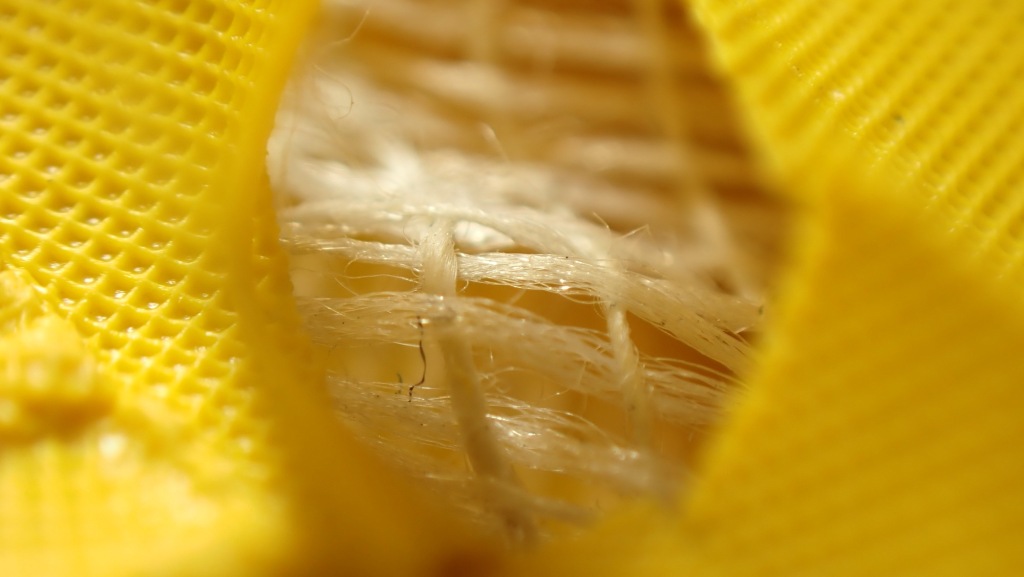As the temperature drops the seasonal clothes we use to keep us warm come out. And those clothes get thrown in the wash, then the problems start.
Today’s winter clothes can shed tiny fibers that flow down our pipes every wash cycle and pollute our ocean.
“Even though Monterey Bay National Marine Sanctuary is a huge marine protected area and is federally protected, we still find relatively high concentrations of microplastics and microfibers,” says Lauren Kashiwabara, a master’s student of biological sciences at the University of the Pacific, who has recently published a paper about microplastics and microfibers in the Monterey Bay.
Many of our clothes today consist of natural or synthetic or a mix of tiny fibrous materials smaller than a strand of hair. Specific clothing like outdoor wear that shields us from the brisk environment can shed tiny fibers of plastic called microfibers. Scientists have found these microfibers in every corner of the world, from the highest mountains to the deepest oceans.
These microfibers, researchers say, are small enough to weave themselves into the tissue of many fish species that humans and other animals later consume.
Tiny plastics might also end up in the nets of researchers like Kashiwabara.
Kashiwabara found that polyethylene terephthalate, labeled as “polyester” in clothing, was one of Monterey Bay’s most common microfibers found at the surface waters of the ocean.
When washing clothing with polyester, the wastewater from the washing machine eventually ends up in the environment. Specific methods while washing can help reduce microplastics from getting into the ocean.
“As a master’s student who lives in an apartment, I have a Cora Ball, which is about 20 to 30% effective in removing microfibers,” Kashiwabara says. “But I bought my mom a filter that she connected to her washing machine that is closer to 90% effective in removing microfibers.”
These filters can prevent a plastic bag’s worth of microfiber pollution a week from ending up in the oceans, says Masa Sprajcar-Rancic, the sustainability project lead at Planet Care, a leading microfiber filter company based in Slovenia. That is the equivalent of 52 plastic bags per year. If all the households in Monterey county had a washing machine with a filter, that would prevent roughly 6.5 million plastic bags worth of plastic from getting in the ocean per year.
Many of these solutions are relatively inexpensive and effective. They are essentially traps, filtering out microplastics from water in the washing machine.
Other solutions that can help reduce the number of microfibers are not washing your outdoor gear as often as other clothing, deciding to wear more natural fibers, and washing laundry loads at a cooler temperature.
“For outer layers, you probably don’t have to wash those after every wear— maybe even after every couple weeks,” said Matthew Savoca, a postdoctoral researcher at Hopkins Marine Station of Stanford University. “Washing your clothes when you need to and not washing them when you don’t need to … simple stuff like that can be really effective.”
Wearing clothes from natural fibers also reduces ocean pollution because they lack plastic.
And washing clothes at a colder temperature decreases the microfiber-shedding while saving energy.
“If you opt for colder cycles, it’s friendlier to your clothes, but also really good just in terms of environmental sustainability,” said Sprajcar-Rancic.
Everyday actions and choices can help reduce the number of microfibers that make their way into the oceans.
“These individual choices ripple outward, to our networks, to our communities,” said Savoca. “But that’s where actual change occurs when you have these communities affecting city, state and national-level changes.”










